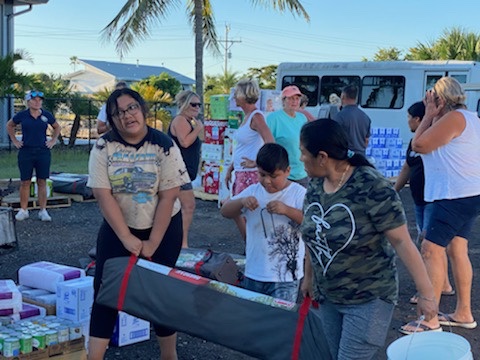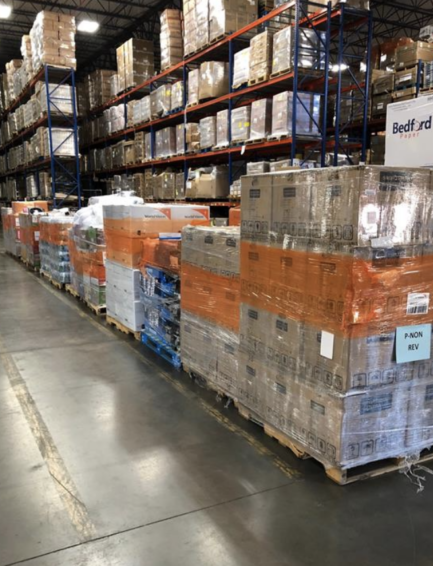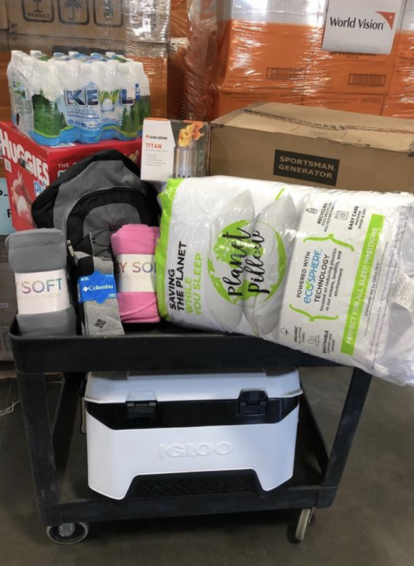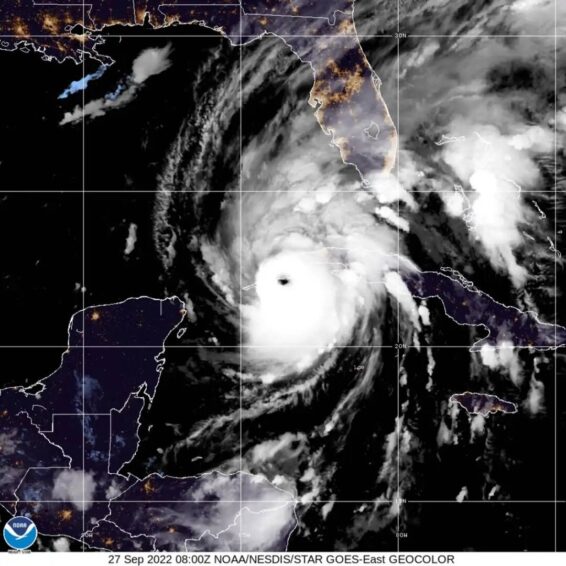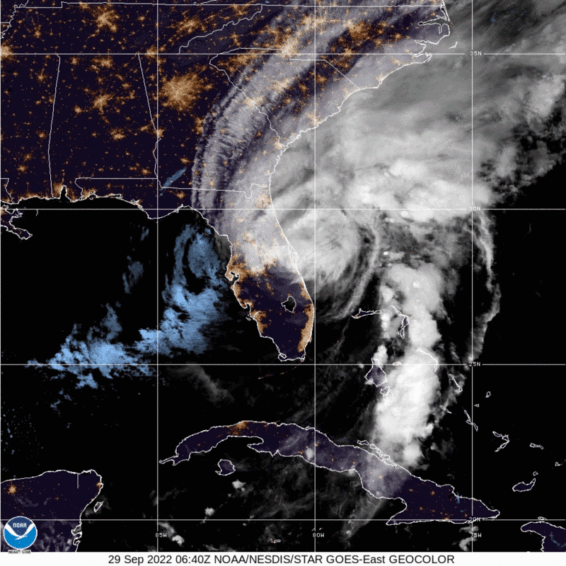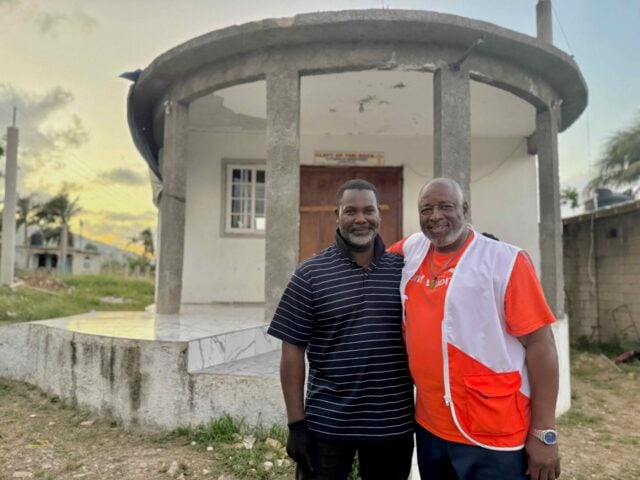Hurricane Ian raked a path of destruction across the southeast United States on September 28, 2022, devastating the state of Florida and its Gulf Coast before making final landfall in South Carolina two days later. One of the most powerful hurricanes to hit the U.S. in decades, Hurricane Ian claimed scores of lives, as crews deployed search and rescue efforts in flood-ravaged communities.
Hurricane Ian: Facts, FAQs, and how to help
- Fast facts: Hurricane Ian
- Where did Hurricane Ian develop?
- Where did Ian make landfall in the U.S.?
- How strong of a storm was Hurricane Ian?
- How did World Vision respond to Hurricane Ian?
- How many major disasters has World Vision responded to around the world?
- How can I help people affected by disasters in the U.S. like Hurricane Ian?
Fast facts: Hurricane Ian
- Hurricane Ian was the second-deadliest storm to strike the continental U.S. this century, behind Hurricane Katrina in 2005.
- The storm claimed at least 101 lives, including 92 in Florida, five in North Carolina, one in Virginia, and three in Cuba.
- Hurricane Ian made its initial landfall as a Category 3 storm on September 27, 2022, in Cuba, leaving the entire island without power.
- Ian strengthened to a Category 4 storm as it made landfall west of Fort Myers, Florida, on September 28, 2022.
- Only four Category 5 storms have made landfall in the U.S. with maximum sustained winds greater than 155 mph.
- Hurricane Ian followed Hurricane Fiona, a Category 1 storm that made landfall in Puerto Rico on Sunday, September 18, 2022.
Where did Hurricane Ian develop?
Hurricane Ian formed over the central Caribbean Sea late Friday, September 23, 2022, as a tropical storm, the ninth tropical storm of the 2022 season.
Where did Ian make landfall in the U.S.?
Hurricane Ian’s center roared ashore at 150 mph near Cayo Costa, a barrier island west of Fort Myers, shortly after 3 p.m. ET on Wednesday, September 28, 2022. The hurricane made its final landfall near Georgetown, South Carolina, at 2:05 p.m. two days later as a Category 1 storm.

How strong of a storm was Hurricane Ian?
Hurricane Ian’s top maximum sustained winds of 155 mph had been recorded hours before landfall, when the Category 4 hurricane was 2 mph shy of reaching Category 5 classification, the strongest classification on the Saffir-Simpson Hurricane Wind Scale.
As it moved inland and across Florida, Hurricane Ian weakened to a tropical storm but regained strength over the Atlantic Ocean, curving toward South Carolina. The hurricane made final landfall as a Category 1 storm near Georgetown, South Carolina, with maximum sustained winds of 85 mph on September 30, 2022.
View NOAA’s interactive map of the damage in Florida caused by Hurricane Ian. (Note: It may be easier to navigate the site from a desktop computer instead of a mobile device.)
How did World Vision respond to Hurricane Ian?
When a disaster strikes a community in the U.S., our teams respond swiftly to ensure the safety of children and provide relief to families during these critical moments. The efficiency of our response during events like hurricanes is possible due to strategically positioned emergency relief supplies at our warehouses nationwide.
In response to Hurricane Ian, we immediately deployed 11 truckloads of emergency aid from our warehouses in Texas, Washington state, and West Virginia to support hurricane-ravaged communities in Florida and one in South Carolina. We delivered 600 Fresh Food Boxes filled with nutritious fresh fruits and vegetables to families affected by Hurricane Ian. An additional 1,800 boxes were distributed from four partner locations.
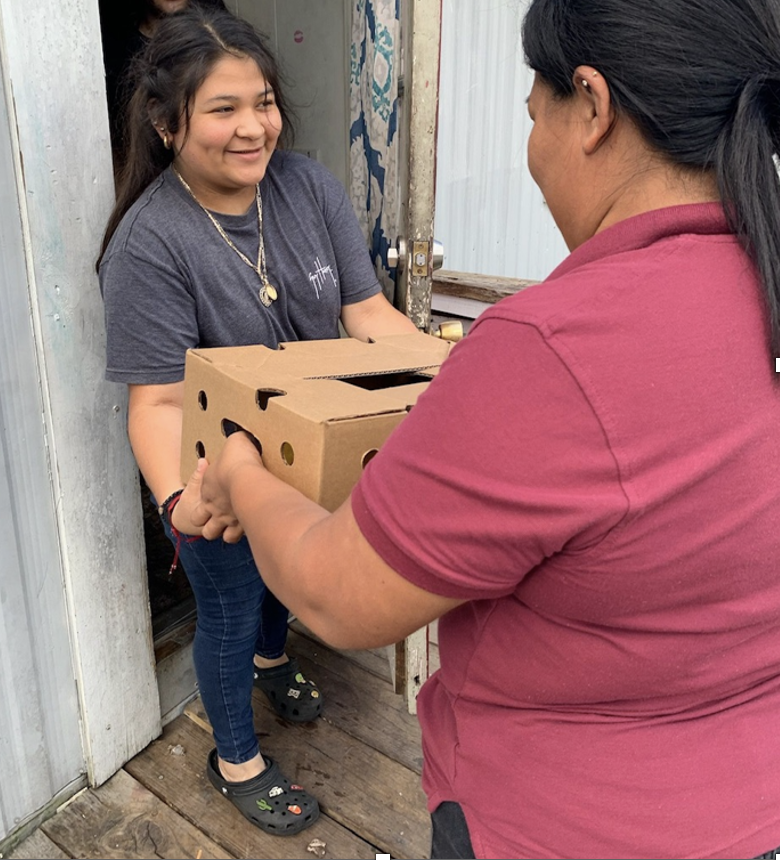
Our partner locations included vulnerable communities in Florida where relief supplies helped support devastated communities north of Fort Myers, Arcadia, and Wauchula. Essentials given to families included water, food, water purification tablets, hygiene and cleaning products, diapers, clothing, portable chairs, tents, canopies, and coolers.
“[The area] experienced a lot of flooding from the [storm] surge. Families lost everything; all their belongings are on the side of the road. This is one of the worst catastrophic storms that I’ve seen in my lifetime,” said Pastor Frank Rincon of Bethel Assemblies of God Church in Immokalee, Florida. The church has served as a long-time partner with World Vision in helping support the community.
How many major disasters has World Vision responded to around the world?
Globally, World Vision responded to 59 humanitarian emergencies in 52 countries, assisting over 27.7 million people with life-saving aid and ongoing support in 2022.
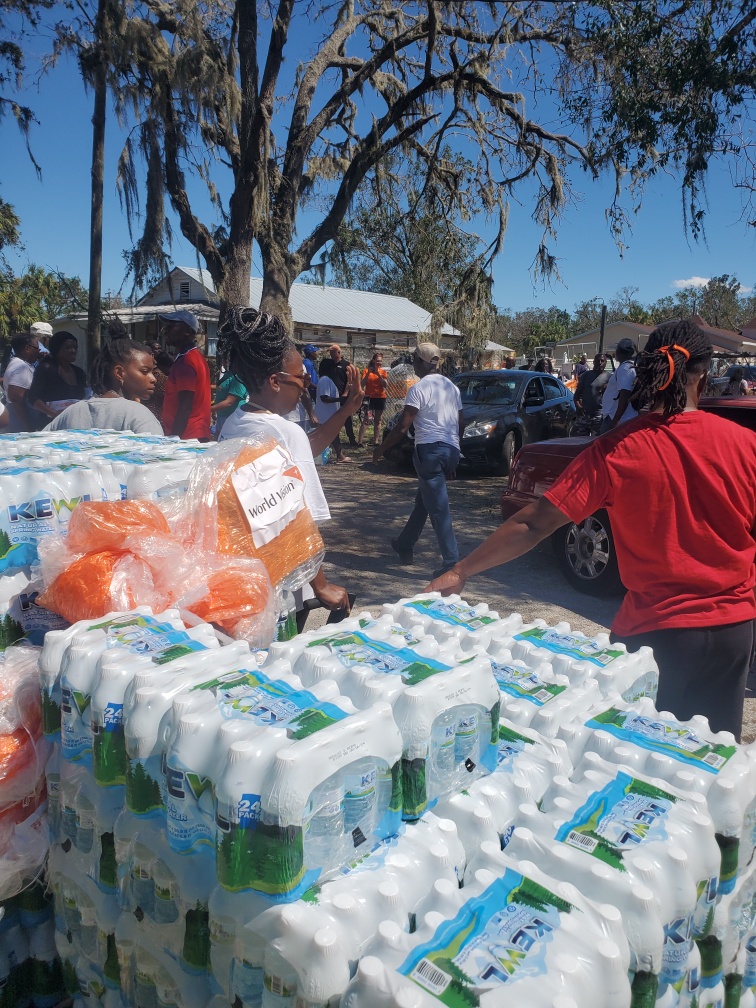
During and after a crisis, we provide food, water, hygiene, and other basic relief items, including clean-up supplies. We promote personal hygiene practices to guard against deadly disease outbreaks. World Vision’s child protection programs respond to urgent cases. Such cases include children separated from their families, abuse, exploitation, and other forms of violence. Our response also extends to cover health, nutrition, and education needs.
Our goal is to support families in the immediate term and as they experience the arduous process of rebuilding their lives and livelihoods. With partners, World Vision works alongside communities to help families and children rebuild their homes and re-establish permanent housing; access sustainable clean water, food security, and a quality education; and regain livelihoods.
